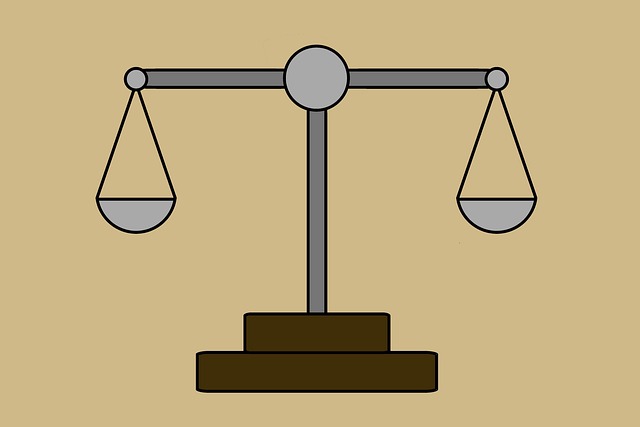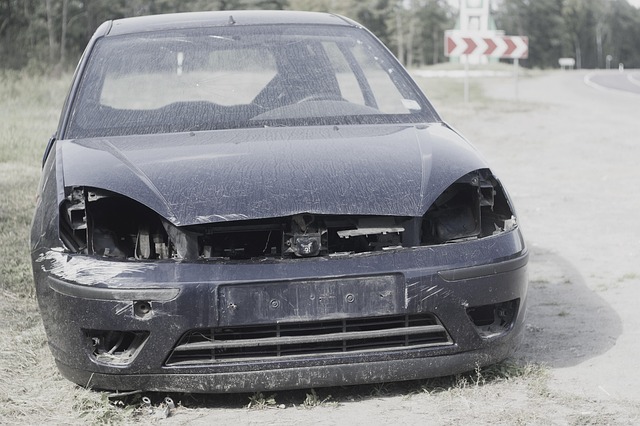Dog bite scarring varies greatly based on attack severity, with injuries ranging from small fine lines to large disfiguring marks, caused by deep lacerations or puncture wounds. Factors like breed, size, location, force, victim's age, and health influence scarring. Severe bites may require surgical interventions like skin grafting, which necessitates post-surgery care including wound cleaning, medication adherence, and monitoring for infection. Consulting specialists in plastic surgery or personal injury law is crucial for understanding and managing dog bite scarring options, aiming to improve physical appearance and emotional well-being.
Dog bites can leave behind more than just emotional scars; they often result in visible dog bite scarring that requires medical intervention. In severe cases, skin grafting procedures become essential for healing and restoration. This article delves into understanding different types of dog bite scarring and explores the role of skin grafting as a treatment option. We’ll guide you through the post-surgery care and recovery process, providing insights to help manage and heal dog bite injuries effectively.
- Understanding Dog Bite Scarring: Causes and Types
- Skin Grafting for Severe Dog Bite Injuries
- Post-Surgery Care and Recovery Process
Understanding Dog Bite Scarring: Causes and Types

Dog bite scarring can result from various causes, with different types of wounds forming depending on the severity and nature of the attack. Typically, a dog’s teeth can cause deep lacerations or puncture wounds, leading to significant tissue damage. The skin’s reaction to such injuries often involves inflammation and subsequent scar formation. Scarring may appear as elevated or depressed areas on the skin, ranging from small, fine lines to large, disfiguring marks.
Factors influencing the type and extent of dog bite scarring include the breed and size of the dog, the location and force of the bite, and the victim’s age and overall health. In some cases, especially with severe bites or infections, surgical interventions like skin grafting may be necessary to restore the affected area’s appearance and function. Understanding these variations in dog bite scarring is crucial for individuals seeking appropriate treatment options, such as consulting a qualified auto accident lawyer or specialist in slip and fall injuries, business litigation, or plastic surgery, depending on the circumstances.
Skin Grafting for Severe Dog Bite Injuries

Dog bite scarring can be a serious consequence of aggressive or unexpected attacks, leading to severe injuries that often require medical intervention. In cases where the damage extends beyond the surface of the skin, skin grafting procedures become crucial in repairing and reconstructing the affected areas. This advanced technique involves taking healthy skin from one part of the body and transplanting it to cover the damaged region, promoting healing and reducing scarring.
Severe dog bite injuries, especially those involving deep lacerations or extensive tissue damage, may not heal properly on their own. Slip and fall injuries or other traumatic events can also result in similar severe wounds. In such instances, a qualified personal injury lawyer can guide individuals through the legal process while seeking appropriate compensation for medical treatments, including skin grafting and other necessary procedures to address dog bite scarring.
Post-Surgery Care and Recovery Process

After the skin grafting procedure for dog bite scarring, proper post-surgery care is paramount to ensure optimal healing. This includes keeping the surgical site clean and dry, following doctor-prescribed medication regimens, and avoiding strenuous activities or exposure to harsh weather conditions until fully recovered. Patients should also be mindful of potential infection signs, such as redness, swelling, or discharge, and promptly report any concerns to their healthcare provider.
During the recovery process, patients can expect some discomfort and temporary limitations. It’s crucial to allow the grafted skin to heal undisturbed, which may require rest and protection. Regular check-ups with the doctor are essential to monitor progress, adjust treatment plans as needed, and ensure client recovery. With diligent care and adherence to medical advice, dog bite scarring can significantly improve, leading to better physical appearances and emotional well-being.
Dog bite scarring can have significant physical and emotional impacts, but understanding the various causes and types of scars, as well as advanced treatments like skin grafting procedures, offers hope for a smoother recovery. For severe cases, prompt medical attention is crucial to mitigate scarring and enhance the likelihood of achieving optimal results. The post-surgery care and recovery process play an equally vital role in fostering healing, ensuring patients receive the support they need to regain their confidence and restore their skin’s integrity.






